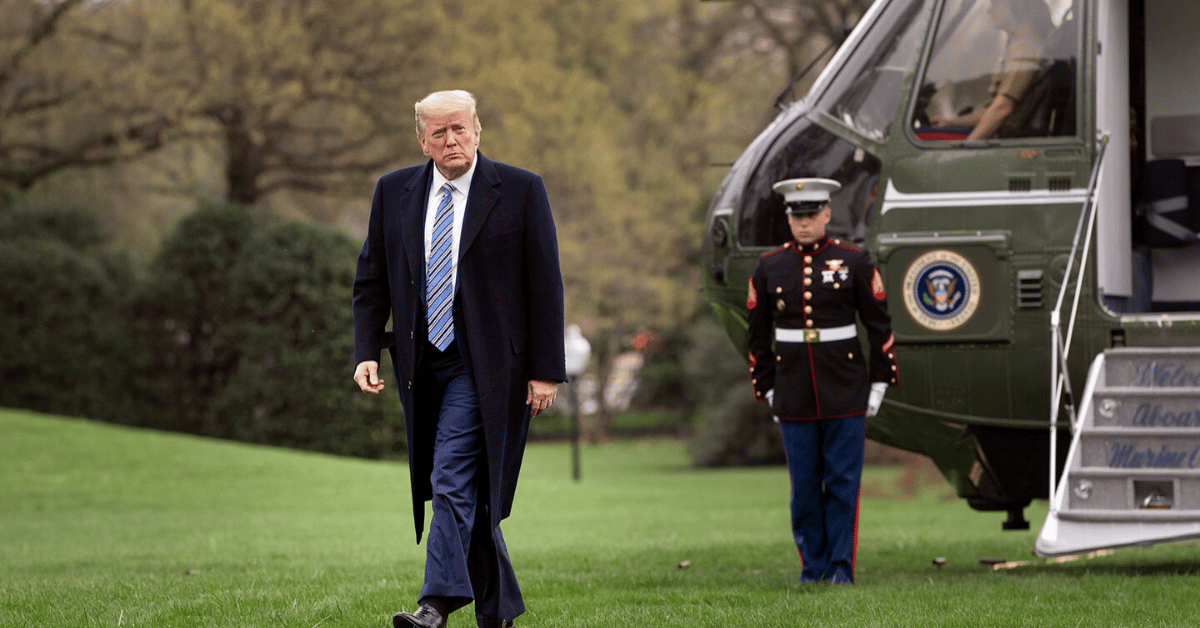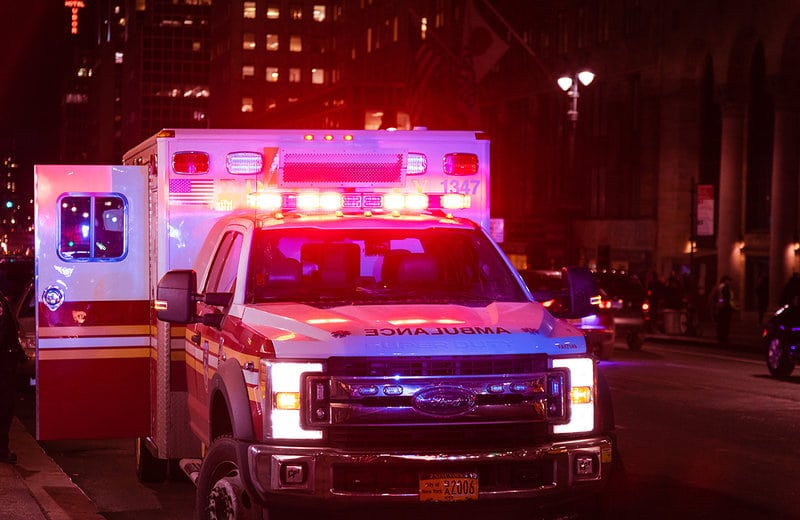


The U.S. Supreme Court has recently upheld laws that restrict protesters' access to abortion clinics, confirming longstanding legal precedents despite changes in the court's composition.
NBC News reported that the decision reflects ongoing judicial restraint regarding First Amendment challenges linked to healthcare facility buffer zones.
In a significant ruling, the Supreme Court declined to hear cases challenging buffer zone laws from Carbondale, Illinois, and Englewood, New Jersey. By letting stand a precedent set in 2000, the court reinforced measures designed to protect clinic patients from potential harassment or harm from protesters.
This legal precedent, rooted in the 2000 Hill v. Colorado case, allows buffer zones that restrict how close protesters can approach abortion clinic entrances. The zones generally maintain a distance requirement, such as eight feet from any person within a 100-foot perimeter of a clinic's entrance.
The refusal to overturn the precedent occurs despite the Supreme Court now having a 6-3 conservative majority, showcasing an unusual instance of continuity.
The decision points to the court's selective approach to revisiting established legal doctrines, even in the shadow of the recent conservative shift.
Historically, buffer zones were instituted following violent incidents, including the 1994 killings of clinic workers in Massachusetts by anti-abortion protesters. These laws are seen as essential in maintaining safe access to clinics.
Since the Roe v. Wade decision was overturned in 2022, protests have intensified, especially in places like Carbondale, which lies near conservative states with stringent abortion restrictions.
The Carbondale and Englewood cases spotlight these tensions. In Carbondale, a buffer zone ordinance passed in 2023 was initially challenged by Coalition Life, an anti-abortion group. Although the city repealed the ordinance during the Supreme Court’s review process, the issue highlighted the local struggles in implementing such laws.
Meanwhile, in Englewood, New Jersey, similar disturbances prompted the enactment of a buffer zone law in 2014. Jeryl Turco, who contested the Englewood law, faced defeat in lower courts, ultimately leading to the Supreme Court's decision not to hear her appeal.
These decisions by lower courts seem to still feel bound by the 2000 Hill v. Colorado decision, a sentiment echoed by Justice Clarence Thomas, who remarked, "The court declines an invitation to set the record straight."
Two conservative justices, Samuel Alito and Clarence Thomas, expressed their dissent, highlighting a division within the court regarding these buffer zones.
This resistance underscores the ongoing debate about balancing First Amendment rights with public safety concerns.
The Supreme Court's action—or inaction—in these cases sends a significant message about its stance on abortion law in the post-Roe landscape. This maneuver is particularly poignant, remembering the court's recent activity concerning other abortion-related issues, such as the mifepristone rulings and various state bans.
Ultimately, the Supreme Court’s decision to uphold the buffer zone laws indicates an acknowledgment of both the historical context that necessitates such laws and the ongoing complexity surrounding abortion rights and protests in the United States.
Looking ahead, the Supreme Court’s choice to stick with precedent could set the tone for how newly enacted laws designed to regulate protest activities around healthcare facilities are adjudicated.
This outcome not only affects the entities involved directly — clinics, protesters, and local governments — but also shapes the broader legal landscape regarding speech, protest, and privacy rights.



